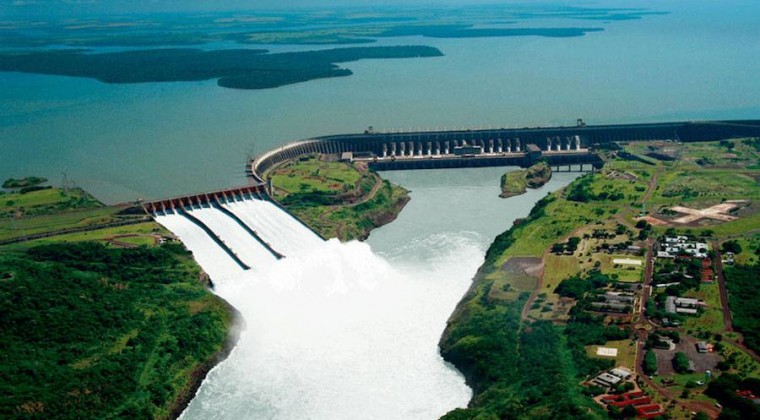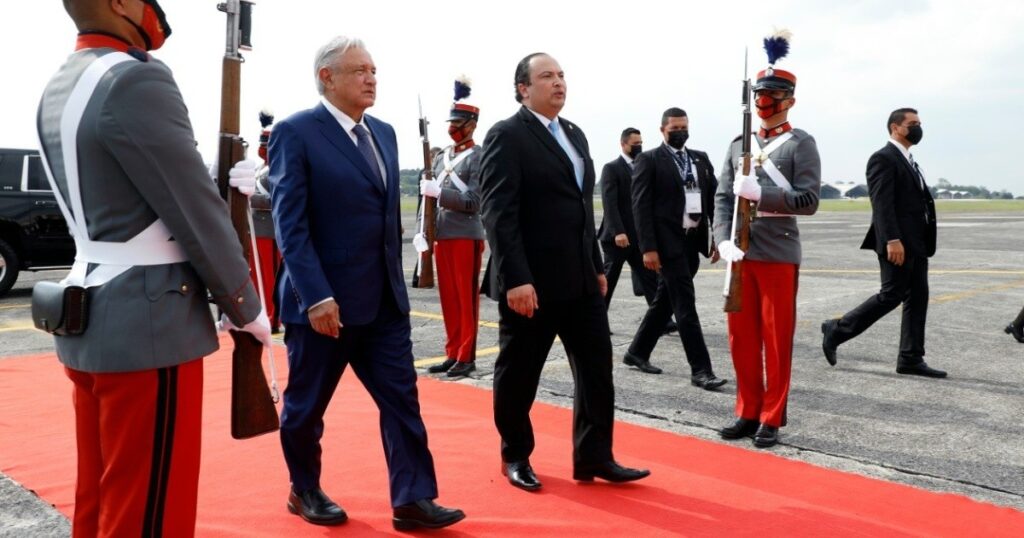In the sub-basin of the Trinidad River, located within the priority area of the Panama Canal Basin, Fundación PA.NA.MA executes for Fundación Natura (administrator of the Ecological Trust of Panama – FIDECO), an interesting project that, accompanying more than 37 families of producers, seeks to contribute to the sustainable development of this area and supports the adaptation and mitigation of the country in the face of climate change.
The activities focus, especially, on the conservation of water, both for consumption, as well as for its commercial use and for other environmental goods and services, and is developed within the framework of the project “Sustainable livestock through the implementation of conservation measures”. adaptation to climate change in the middle section of the sub-basin of the Trinidad River” executed by Fundación PA.NA.MA
In Western Panama (Capira), producers have historically dedicated themselves to livestock, developing traditional techniques, which has turned the landscape into large areas of pastures with scant vegetation.
The sub-basin management plan makes it clear that in this area, the production of cattle farms is for the raising and fattening of bovines under a traditional (extensive) system and with the use of native natural pastures that are not very nutritious, which contributes to the demand for a greater amount of land for the sustenance of livestock and is added as an aggravating factor that this is one of the main economic activities in the area.
On the other hand, the vegetation of the area due to extensive livestock activities, reported since the decade of the 50’s, is currently very scarce, registering that more than 50% of the territory is occupied by paddocks and pastures, being the more widespread use. For this reason, Fundación NATURA together with Fundación PA.NA.MA work on farms that are adjacent to the Trinidad River, conserving and restoring its biodiversity.
Each farm that has voluntarily joined the project adopts replicable sustainable environmental practices, implementing silvopastoral systems to increase its resilience against the pressures and threats of climate variability and at the same time contributes to the conservation of biodiversity and the restoration of ecosystems in the sub-basin of the Trinidad River.
This sub-basin, No. 43 of the 50 that make up the Panama Canal Hydrographic Basin, is located in the province of Panamá Oeste, in the district of Capira Corregimiento de La Trinidad.
The project area is home to 1,215 people who have settled in communities near the river, such as Los Faldares, El Mamey, La Pita, Honda Arriba, La Humildad, La Tagua, Laja Lisa or El Caraño, Los Cañones, Los Ortigales and Nueva Arenosa.
The 37 families participating in the project receive guidance and training from FUNDACIÓN PA.NA.MA to establish new methodologies to manage their farms, both to produce more efficiently, as well as to recover forest cover on their land.
Management plans are designed and implemented on each farm, which are instruments that order the activities carried out on the site and propose improvements or changes in accordance with sustainability criteria.
“The approach in the construction of each management plan is inclusive and is elaborated with the participation of each family. These plans include practices that improve the management of those activities that have a negative impact on biodiversity and promote restoration, which is why it is based on a participatory diagnosis of the farm”, explained Luiggi Franceschi, Project Coordinator.
One of the methods applied by the producers, hand in hand with the PA.NA.MA Foundation technicians, is the silvopastoral system that combines trees with pasture and animals within a plot.
To recover the forest cover (the gallery forests – adjacent to the river) the producers receive tools to allow the natural regeneration of these forests, by fencing off the priority area and at the same time planting timber and fruit species such as esparvé and jobo, which guarantees that the dynamics of the forest continue and is not affected by the trampling of cattle.
“In order to properly manage the farm, the cattle now, instead of going down to the river or to the tributaries that feed it, receive water in drinking fountains that have been established in other distant areas that need to be recovered and maintained. So, too, we have planted sleeves with improved pastures, fenced with “living fences”, contributing with corridors between fragmented ecosystems”, explained the technician Eunices Mariscal.
These new production methodologies, which are focused on strengthening the capacities of producers and providing them with basic inputs and tools, also seek to achieve changes in the attitude of the population towards a new perspective of conservation and appreciation of the biodiversity that surrounds them, through from the transformation of traditional production systems into sustainable production units. “In this way, the impact that livestock farming has on the environment and climate change is mitigated, while producers improve production and their economy,” stressed project coordinator “Luiggi Franceschi”









